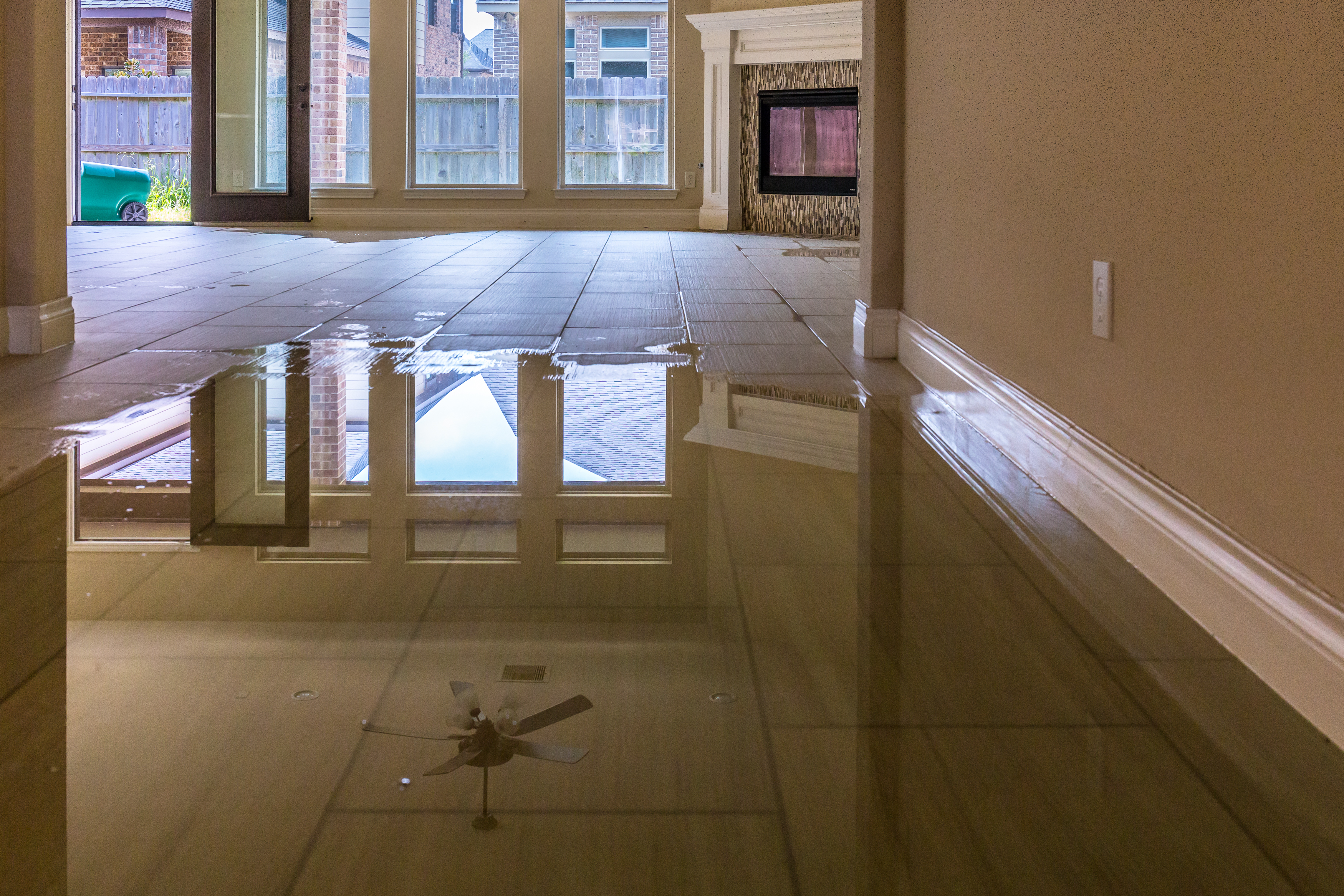What're your beliefs on Common Causes of Water Damage in a Bathroom?

The bathroom is extremely at risk for wet buildup as well as prospective water damage due to the frequent use water in it. This post uses easy inspection strategies to aid finding water damage risks.
The frequent use water in the shower room makes it very at risk for wet build-up and possible water damages. By examining it routinely, you can reduce water relevant damages.
The following collection of assessments is easy to perform and also ought to be done once in every 3 months in order to keep your bathroom healthy as well as to prevent potential water problems triggered by the bathtub, the shower, pipeline joints as well as plumbing, sinks, cabinets, and also the bathroom
Do not neglect doing these evaluations and be complete while performing them. Remember that these basic inspections can conserve you a lot of cash by offering very early indications for water damages
Sinks and Cabinets
Sinks as well as closets are subjected to moisture as well as moisture daily as well as are often ignored. Inspect on a regular basis under the sink and on the kitchen counter above it. Fix any drip in the trap as it might suggest drainpipe problems. Browse the sink, slow draining pipes may show a blocked drainpipe. Replace sink seals if they are split or loosened.
Bath tub and Shower
The shower and also bathtub call for special interest and also maintenance. Examine the tiles and also replace if split. Make sure that there is no missing cement in between the tiles. Check and replace fractured caulking at joints where the walls satisfy the flooring or the bath tub. Clogged drains and also pipes problems will certainly protect against the bathtub from drying as well as might indicate major issues under the bath tub. Consult with an expert promptly to stop structural damage. Focus on stainings or soft locations around the bathtub walls as they may suggest an inner leakage.
Plumbing
Signs for water damage are hard to discover considering that the majority of pipelines are installed inside the walls.
Pay special interest to flooring and walls wetness as well as spots as they might show an unseen plumbing trouble. Check moisture levels in adjoining rooms as well.
The Bathroom
The bathroom is a prone water joint. Inspect the water lines as well as look for leakages around the bathroom seat, in the pipe, and under the water tank. If you spot any type of indications of wetness on the floor around the bathroom, check for leaks in the toilet rim and tank seals.
Be aware that hanging toilet bowl antiperspirants raises the opportunities for obstructions.
Water Damage Signs In The Bathroom To Avoid Cleanup
Musty smell
This is one of the easiest signs to catch because musty smells are so odorous. The damp, earthy, moldy smell should be a big red flag. The smell will develop when moisture gets trapped in surfaces, and begins to facilitate mold growth. Leaking pipes under cabinets, inside walls, and behind shower fixtures will cause moisture to stay trapped and not dry, which will lead to mold growth and spread. As soon as you notice any musty smells in your bathroom, have it checked for hidden water damage and cleanup signs.
Visible mold
If the smell isn’t there to give it away, sometimes you will actually see mold growth. Finding mold in your bathroom is a serious problem, because mold is very harmful to your health. By the time mold growth is visible, it also means that water damage has already occurred and been present for some time. The only way the mold problem can be resolved is to find the source of the moisture and get it stopped. To safely and adequately remove mold, you need to have professionals handle the remediation. Do not waste any time in getting mold problems addressed, fixed, and sanitized so that you can protect you and your family from the many respiratory symptoms caused by mold exposure.
Damaged floors
Bathroom floors should be able to withstand some exposure to water while still remaining in good condition. However, when excess exposure or water leaks occur, they will begin to damage even the most water-resistant flooring. If you notice any cracking, bubbling, staining, or warping on your bathroom floors, there is probably a water leak somewhere causing the distortion. If you notice areas of the floor have become softer, or even have a spongy feeling, there is probably damage to the subfloor. Subflooring is typically made up of plywood. When plywood is exposed to water or moisture, it will absorb it. Once it has become saturated, the weight of the excess water will cause the wood to swell and soften. Check the floors in your bathroom frequently to catch any of these sings before they lead to damaged subflooring.
Changes on walls
When water leaks behind walls, it will cause changes in the drywall. Peeling plaster, blistering paint, and soggy wallpaper are all good indicators that excess water is building up behind the wall. Water leaking behind drywall will cause it to swell and be soft to the tough. If you start to notice gaps along the trim of your walls, or where tile meets the wall, it could also be a strong indicator that there is a leak behind the wall. Any changes, distortion, or damage on the walls should be evaluated as soon as you notice it to prevent further water damage and cleanup.

I have been very enthusiastic about How to Repair and Prevent Bathroom Water Damage and I'm hoping you liked the new entry. Appreciated our write-up? Please share it. Let others find it. I am grateful for your time. Don't hesitate to pay a visit to our website back soon.
Visit My Web Page